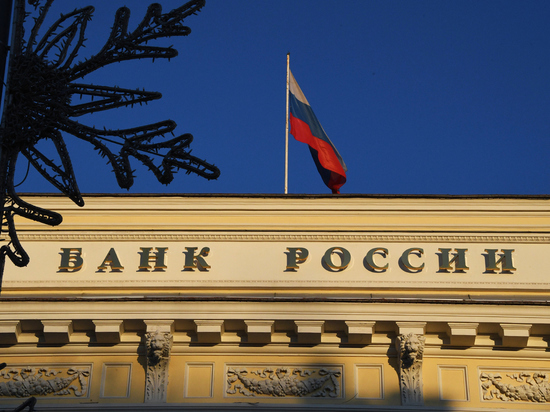When pensions will be issued in digital rubles: the expert gave an answer
[ad_1]

What to expect from the “third form of money” for older Russians
From April 1, the Central Bank will launch in test mode settlements between individuals in digital rubles. However, the authorities intend to apply the innovation much more widely. According to the head of the Bank of Russia, Elvira Nabiullina, citizens will be able to receive pensions in this monetary unit. The main advantages of using the digital ruble are the speed of settlements and the ability to “have access to money regardless of the bank.” Meanwhile, citizens, especially the elderly, are already worried about whether their lives will change for the worse from such innovations. The most common concerns were commented by Associate Professor of the Department of the Chamber of Commerce and Industry “Human Resource Management” of the Russian Economic University named after G.V. Plekhanova Ludmila Ivanova-Shvets.
– To begin with, please explain how the digital ruble differs from the usual one?
– In Russia for a long time there were only two types of money – cash rubles in the wallet and non-cash funds that are in the bank account. Digital rubles are the third form of money that cannot be correlated with any of the previous types. They exist only in electronic form – in the form of a code, and are stored in a special infrastructure that the Central Bank creates for settlements. The main difference between the digital ruble and non-cash money for ordinary users is the ability to track its movement. As Elvira Nabiullina noted, the financial system in Russia has always been advanced, and people were willingly interested in technical innovations, so this type of money is likely to be in demand.
– However, older people, having heard about pensions in digital rubles, are already sounding the alarm. They do not yet understand what it is and how to use such a tool. Will it be mandatory for Russians to receive a pension in digital rubles?
– Of course not. With all the love for financial technologies in Russia, it should be recognized that not all of our system is ready for the digital ruble, because in our country another part of pensioners still receive their pensions by mail, in the usual cash form. So the full introduction of the digital ruble for the payment of pensions is a matter of the distant future. In regions far from the center with difficult conditions and a small financial market, processes will proceed more slowly.
– What will the receipt of a pension in digital rubles look like in general? Will you need to download a new application or will existing solutions suffice?
– The mechanism for accruing and using digital rubles, it seems to me, will not differ from what the Russians encountered when using non-cash money. No special knowledge or skills are required.
– What are the specifics of using digital money to receive pensions?
– Digital rubles will not be able to “burn out”, “wear out” or “disappear” from the account, as happens with cyber attacks on bank cards. Thanks to their “tokenized” basis, it will always be possible to track the entire history of money transfers using them, so that transactions become transparent to the regulator. For pensioners, the use of digital rubles, at least for the first time, will be voluntary. Most likely, the authorities will introduce a transitional period during which those who wish will be able to decide in what form they want to receive pensions – in digital or conventional form – and how they plan to store money. It will be possible to pay with the digital ruble in the same way as with conventional non-cash payments – through a fast payment system, a classic bank transfer and using a bank card in terminals. There will be no special features of use specifically for pensioners.
– So what are the advantages and disadvantages of such calculations?
– Plus – in greater transparency of payments, including tax. Technically advanced pensioners will be able to receive a pension in digital rubles and will share their experience with others. But it should be understood that this solution is not for everyone: a large number of older people are used to saving and saving in the traditional way. In general, I believe that the experience of switching to the digital ruble will be similar to the introduction of the Mir card in Russia. Remember, at the beginning of its appearance on the market, there were also many fears, but in the end the transition turned out to be easy. The past year showed that everything was done right – Russia was able to rely on its own payment system, by the time the sanctions were introduced, it was already working well and was widespread. And the authorities achieved this result without prohibitions and coercion, by stimulating people’s interest in this means of payment. Perhaps the authorities will develop some additional incentives for those who want to receive a pension in digital rubles, as was the case with the Mir card, to which bonuses were immediately “tied”, for example, quick payment for tickets for vouchers to sanatoriums for pensioners. With the digital ruble, such payments can become even faster for pensioners and even more transparent for supervisory authorities. In general, the introduction of the digital ruble is a consistent move by the authorities to abandon paper money, the next step in moving away from cash.
[ad_2]
Source link






